Gianni Lucchesi
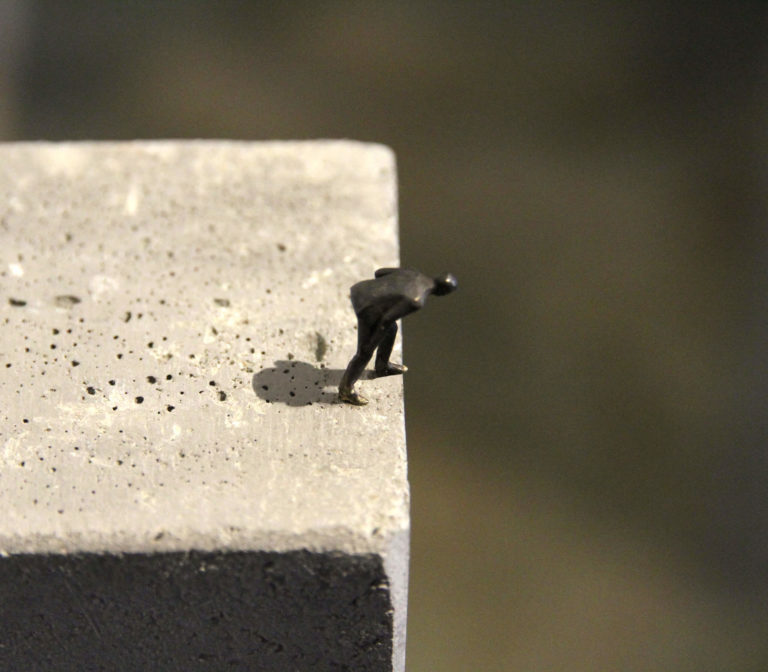
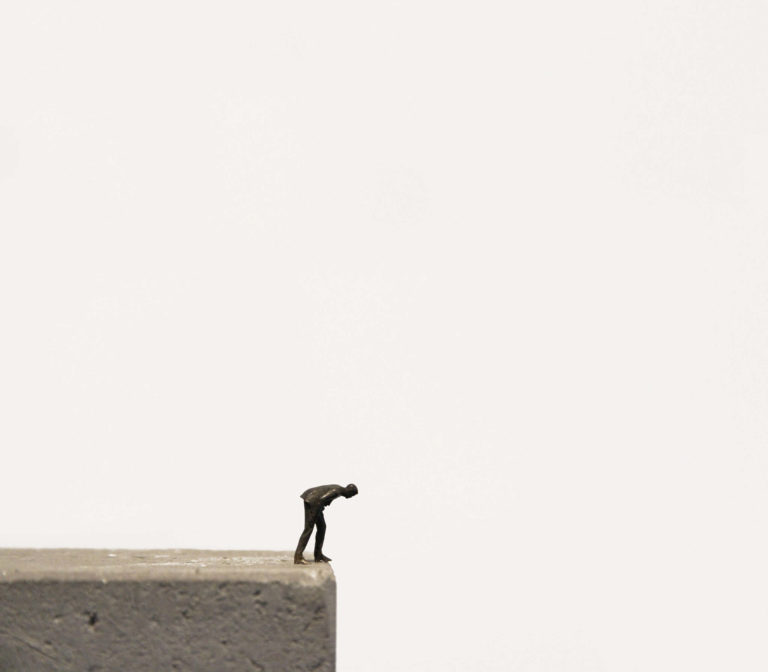
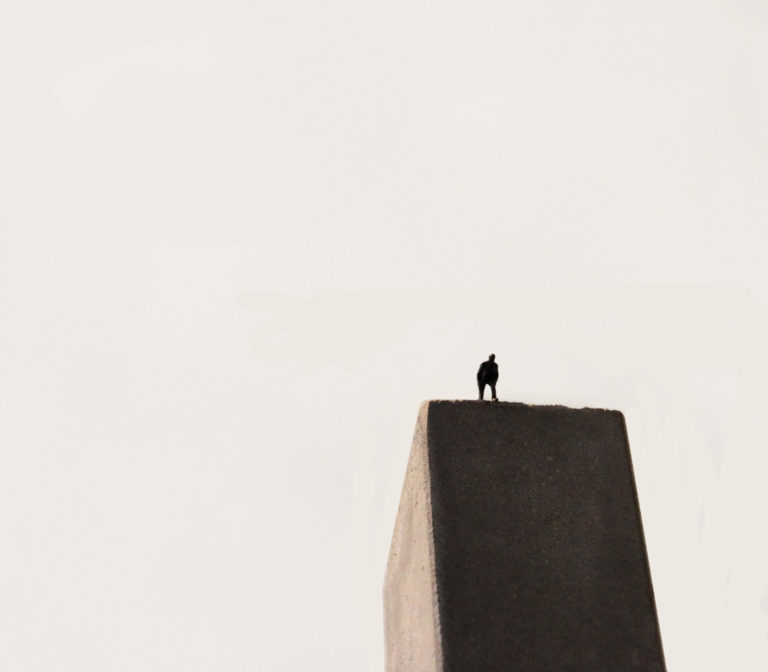
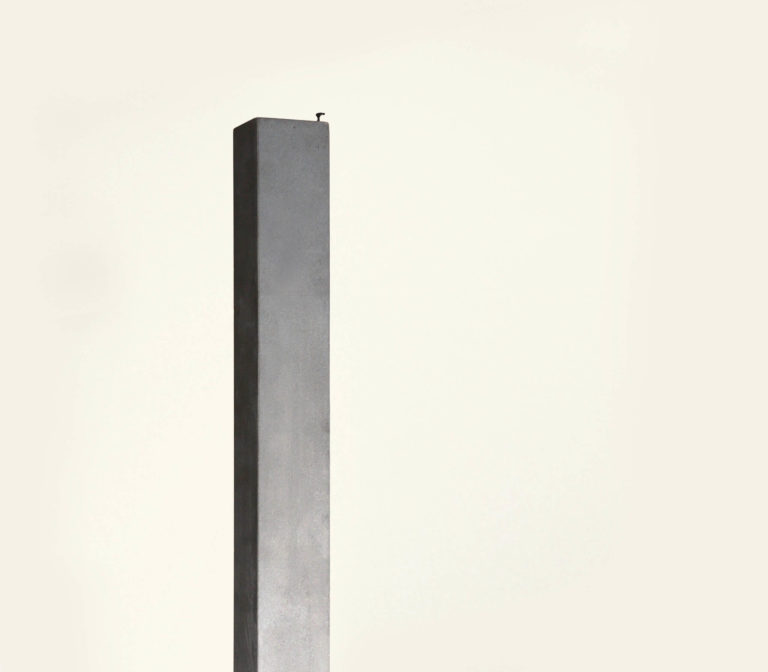
—詹尼·卢切西,(Gianni Lucchesi),
《横跨河流》,
2020年,
混凝土和青铜雕塑
Gianni Lucchesi,
Across the River,
2020,
concrete and bronze sculpture.
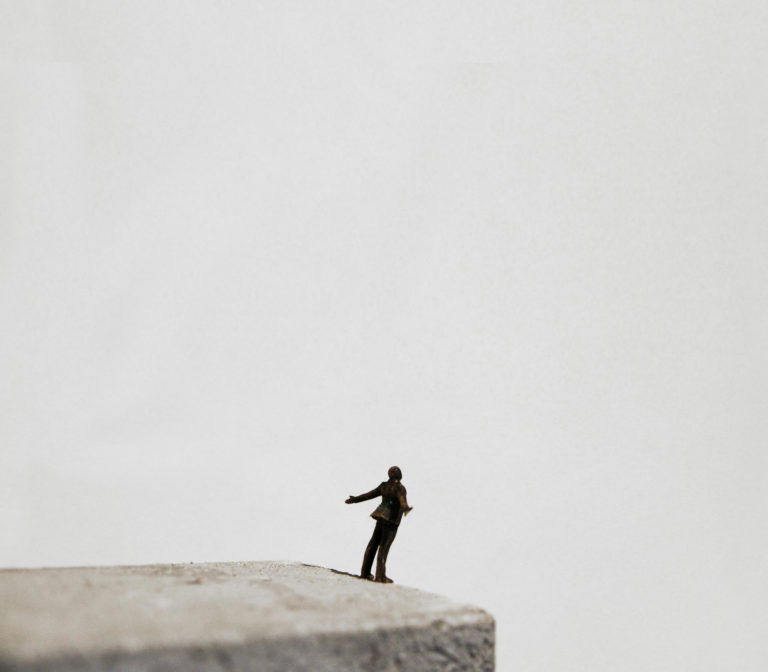
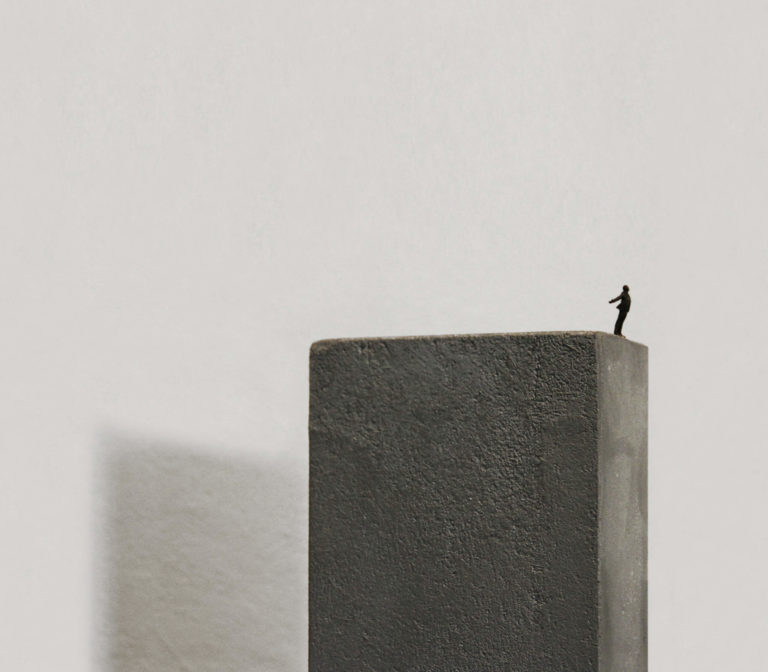

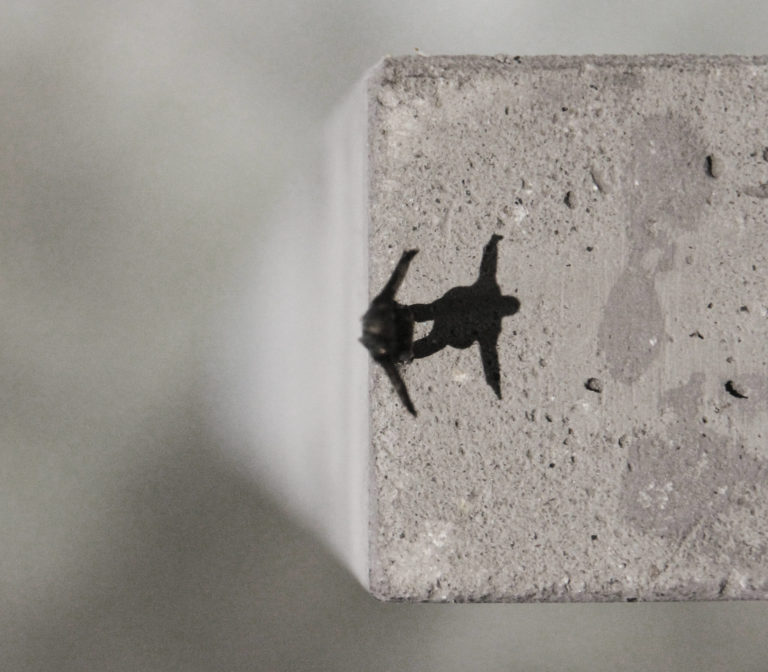
—詹尼·卢切西,
《答案,我的朋友,在风中飞舞》,
2020年,
混凝土和青铜雕塑
Gianni Lucchesi,
The Answer, my Friend, is Blowin’ in the wind,
2020,
concrete and bronze sculpture.
横跨河流,答案,我的朋友,在风中飞舞Across the river & The answer, my friend, is blowin’ in the wind
伊丽莎白·库伯勒·罗丝提出了关于悲伤的五个阶段,凯斯勒为其增加了第六个部分:“意义”。
詹尼·卢切西(Gianni Lucchesi)的视频中包含两个雕塑作品:《横跨河流》和《答案,我的朋友,在风中飞舞》,这是2020年制作的两个混凝土和青铜雕塑。
一个穿着西服打领带的普通人,身体向空虚的空间倾斜,将视线转向自己下方,仿佛他正在进行自我调查:一种带有自我意识的自省行为。他经历了五个痛苦阶段:否定、愤怒、合同、抑郁、接受。
他通过将自己置于极端边缘的行为挑战自我极限,在那个内在空间的边缘,他可以与更高一级的自我产生联系。变化的光线照亮了他,身躯向上抬起,以一种放松的姿势打开躺下。他放弃自己,转向聆听环绕着他的风,最终追寻到意义所在。
Denial _ Anger _ Bargaining _ Depression _ Acceptance. These are the five stages described by Elisabeth Kubler-Ross. Kessler adds a sixth one: meaning.
The proposed video features two sculptures: Across the river and The answer, my friend, is blowin ‘in the wind (concrete and bronze, 2020).
An ordinary man, in suit and tie, leans out into the void, turning his gaze under himself as if he was in the act to investigate within himself: an act of introspection, of self-awareness. He goes through the five stages of grief: Denial _ Anger _ Bargaining _ Depression _ Acceptance.
He explores his limits by placing himself on the extreme edge, on the border of that inner place where he can connect with his higher self. Illuminated, the body rises upwards and opens up in a liberating act. He abandons himself listening to the wind that surrounds him, that supports him. Finally, the meaning.
在艺术品中找到意义
Finding meaning in the artwork
横跨河流
仲秋悦、姚晓
一片黑暗的空间中矗立着一根灰色混凝土方块,在它粗糙的表面之上可以看到一个“小黑点”,当镜头逐渐拉近,“小黑点”向观者表明身份:他是一个小小的青铜雕像,一个人看着方块边缘,向下凝视着某种深渊。他看起来就像是在与自己内心的怪物搏斗:它们是生活在我们的流行病环境中的痛苦,同时经历着有关我们的损失的悲剧。这个青铜小人似乎屈服于尼采最黑暗的预言之一:这个德国哲学家在《善与恶的彼岸》中写道:“那些和怪物战斗的人,请格外小心自己也成为怪物。当你长久地凝视深渊时,深渊也在凝视着你。”就像弗里德里希(Friedrich)的《雾海之上的流浪者》某些黑暗版本一样,Lucchesi 称他的雕塑作品《横跨河流》的主角也站在一片不确定的未来面前,和 COVID-19 病毒的邪恶力量相比而言微不足道,但他仍在经历否认、愤怒、讨价还价和消沉的心理阶段。
“这不是放弃的时候:“我不会陷入绝望,”他似乎在阳光下高声叫喊”
然而,最后,主人公打破了他永不休止状态的锁链:它不再被困在前四个悲伤阶段的永恒重复中。随着视频的进行,这个人开始动起来:他伸展身体,张开双臂,好像在拥抱世界。黑暗和阴影逐渐消失,只留下光明的空间。在接受的那一刻,男人意识到不是所有的东西都消失了,这不是放弃的时候:“我不会陷入绝望,”他似乎在阳光下高声叫喊。
这第二个标志着主人公从悲伤的枷锁中解放出来的雕塑的名字就是《答案,我的朋友,在风中飘荡》。一朵蒲公英出现了:风吹来,它把花带走了。就像鲍勃·迪伦(Bob Dylan)的歌(Lucchesi 在其标题中引用的)一样,也许我们的损失故事的答案是“难以理解的模棱两可”,正如米克·戈尔德(Mick Gold)所写,“要么答案如此明显,它就在你面前,要么答案就像风一样无形。”但也许没有必要解决这种模糊性:人们可能会说,从未被告知,但刚刚发现,如梦初醒。
Across the river
By Zhong Qiuyue and Yao Xiao
A gray concrete block stands in the middle of a dark space. On top of its rough surfaces, we can see a small black spot. When zooming in, the “little black spot” reveals its identity to the viewers. It is a small bronze statue of a person looking over the edges and staring down into what appears some kind of abyss. He appears as in a fight against his own monsters: They are the sufferings of living in our pandemic condition while experiencing the tragedies of our losses. He seems to be succumbing to one of Nietzsche’s darkest prophecies. “He who fights with monsters,” the German philosophers wrote in Beyond Good and Evil, “might take care lest he thereby become a monster. And if you gaze for long into an abyss, the abyss gazes also into you.” As in some darker version of Friedrich’s Wanderer above the Sea of Fog, the protagonist of Across the River, as Lucchesi entitled this sculpture, stands in front of an uncertain future, insignificant in comparison to the Covid-19’s evil power. Denial, anger, bargaining, and depression.
“This is not the time to give-up: “I will not fall into despair,” he seems to scream under the sunlight”
And yet finally, the protagonist breaks the chains of his Sisyphean condition: It is not anymore entrapped in the eternal repetition of the first four stages of grief. As the video progresses, the man starts to move: He stretches his body, his arms wide-open, as if he were embracing the world. Darkness and shadows progressively disappear, leaving space only to light. It is the moment of acceptance, where the man realizes that not everything is gone, that this is not the time to give-up: “I will not fall into despair,” he seems to scream under the sunlight.
The title of this second sculpture that signals the liberation of the protagonist from the chain of grief is The answer, my friend, is blowin’ in the wind. A dandelion appears: The wind blows, and it takes the flower away. Just like in Bob Dylan’s song, which Lucchesi cites in the title, perhaps the answer to our stories of loss is “impenetrably ambiguous,” as Mick Gold wrote, “either the answer is so obvious it is right in your face, or the answer is as intangible as the wind.” But perhaps there is no need to solve that ambiguity: Meaning, one might say, is never told, but just found.
Gianni Lucchesi
Lucchesi 的作品一直被试图以视觉方式翻译心理调查所产生的反应,单个个体的情感状态,与自己,与他人以及与周围环境的关系所感动。
通过对普遍语言中的视觉隐喻的运用以及艺术和精神的研究,情感呈现出形式和色彩。他的参考代码之一是地球,也被解释为地下,是对所观察对象的情感阶层的隐喻:地球是内部景观,而根是对象的本质。一条线用于图形设计或绘画,是内部和外部之间的边缘,可以随意混合,并且可以像“室内环境”中那样以不同的理由被污染。
在他的绘画中,他利用了材料的自然行为,将其作为本质而不是表现形式。 它们的相容性或化学不耐受性是情感的隐喻。
在雕塑中,底座不是支撑物,而是空间,有时是从整体建筑中移除体积而获得的,有时是作为盒子建造的内部舞台。铁制,混凝土制或陶瓷制的整体装置容纳的青铜形状很少,具有隐喻的姿势,态度或意图,是其内心世界的外在表现
詹尼·卢切西(Gianni Lucchesi)于1965年出生于意大利比萨。他的艺术生涯始于1985年,并参加了一些国内和国际上的展览和活动,例如柏林艺术博览会和摩洛哥卡萨布兰卡双年展 。
2006年,他在罗马被授予当代艺术 Cisdac 国际奖。
2012年,他在卡萨布兰卡举行的首届国际当代艺术双年展上展出了自己的作品。
2016年,他开始与维托里奥·斯加尔比(Vittorio Sgarbi)合作,在巴勒莫的法拉博物馆(Museo della Follia)展出一些作品,2017年在萨洛(Salò),2018年在那不勒斯(Naples)和2019年在卢卡(Lucca)。 他赢得了许多当代艺术比赛,并创作了一些公共作品。
在 2018年和 2019年,他与 Alberto Bartalini 和 Carlo Alberto Arzelà 合作在 Lajatico 的 Teatro del Silenzio 工作。
Lucchesi’s work has always been inspired by the attempt to visually translate the reactions generated by the mind, by the single individual emotional states, in relation with himself, with the others and with the surrounding environment.
Through the use of visual metaphors drawn on universal languages and resulting from an artistic and spiritual research, emotions take form and color. One of his reference codes is earth, interpreted as underground, as a metaphor of the emotional stratification of the observed subjects: earth as an interior landscape and roots, as the subject’s essence. A line, for graphic design or painting, is the edge between interior and exterior, free to mix and to be contaminated on different grounds as in “Ambienti interiori”.
In his paintings, he exploits the natural behavior of the materials, as essence rather than representation; their compatibility or chemical intolerance is a metaphor for emotions.
In sculpture, the basement is not a support but a space, sometimes obtained from the removal of volumes from a monolith, sometimes built as a box, an interior stage. The iron, concrete or ceramic monoliths accommodate little bronze shapes that take metaphorical poses, attitudes or intentions, an external manifestation of their inner world.
Gianni Lucchesi was born in Pisa, Italy in 1965. He started his career as an artist in 1985 and participated to several exhibitions and events, both at a national and international level such as the Berlin Art Fair and the contemporary art Biennale of Casablanca, Morocco.
In 2006 he was awarded the contemporary art Cisdac international prize in Rome.
In 2012 he exhibited his artwork at the first contemporary art international Biennale in Casablanca.
In 2016 he started his collaboration with Vittorio Sgarbi exhibiting some works at the Museo della Follia in Palermo, in 2017 in Salò, in 2018 in Naples and in 2019 in Lucca. He won a number of contemporary art competitions and produced several public works.
In 2018 and 2019 he worked for Teatro del Silenzio in Lajatico with a collaboration with Alberto Bartalini and Carlo Alberto Arzelà.